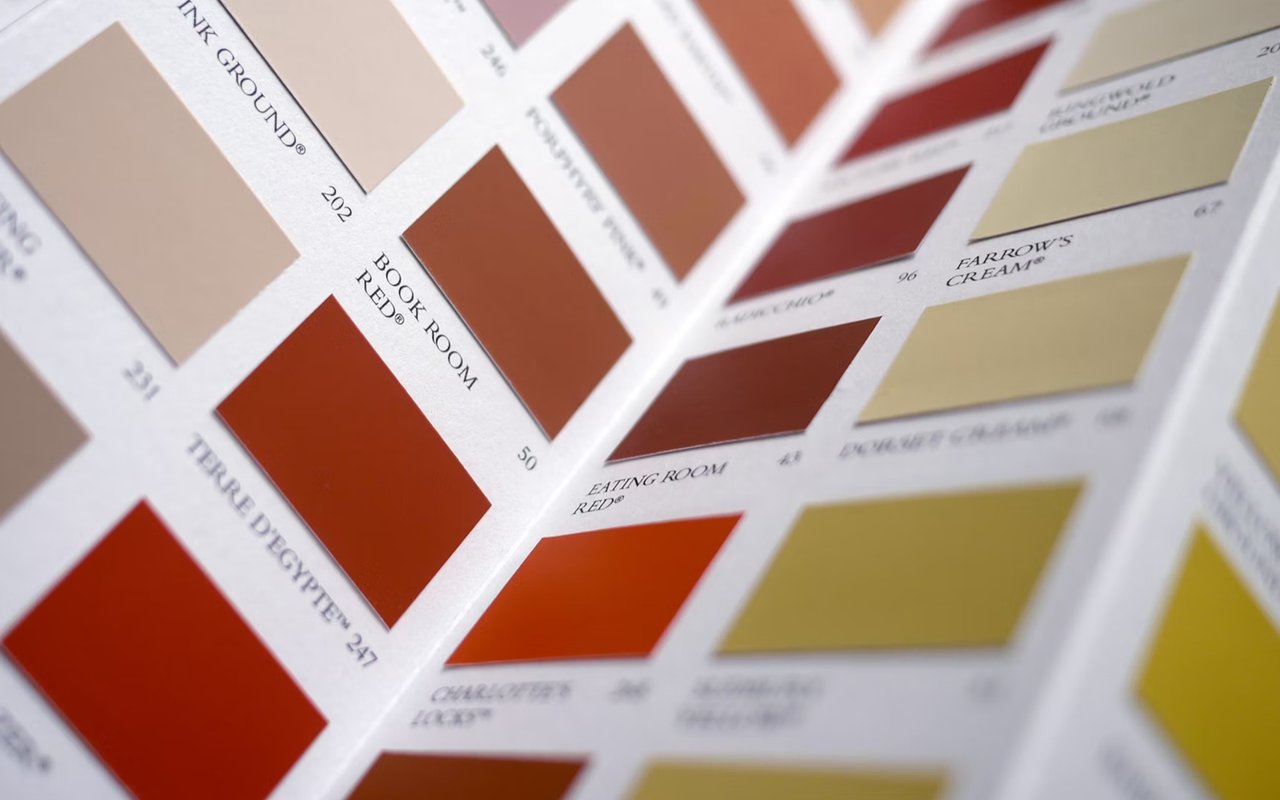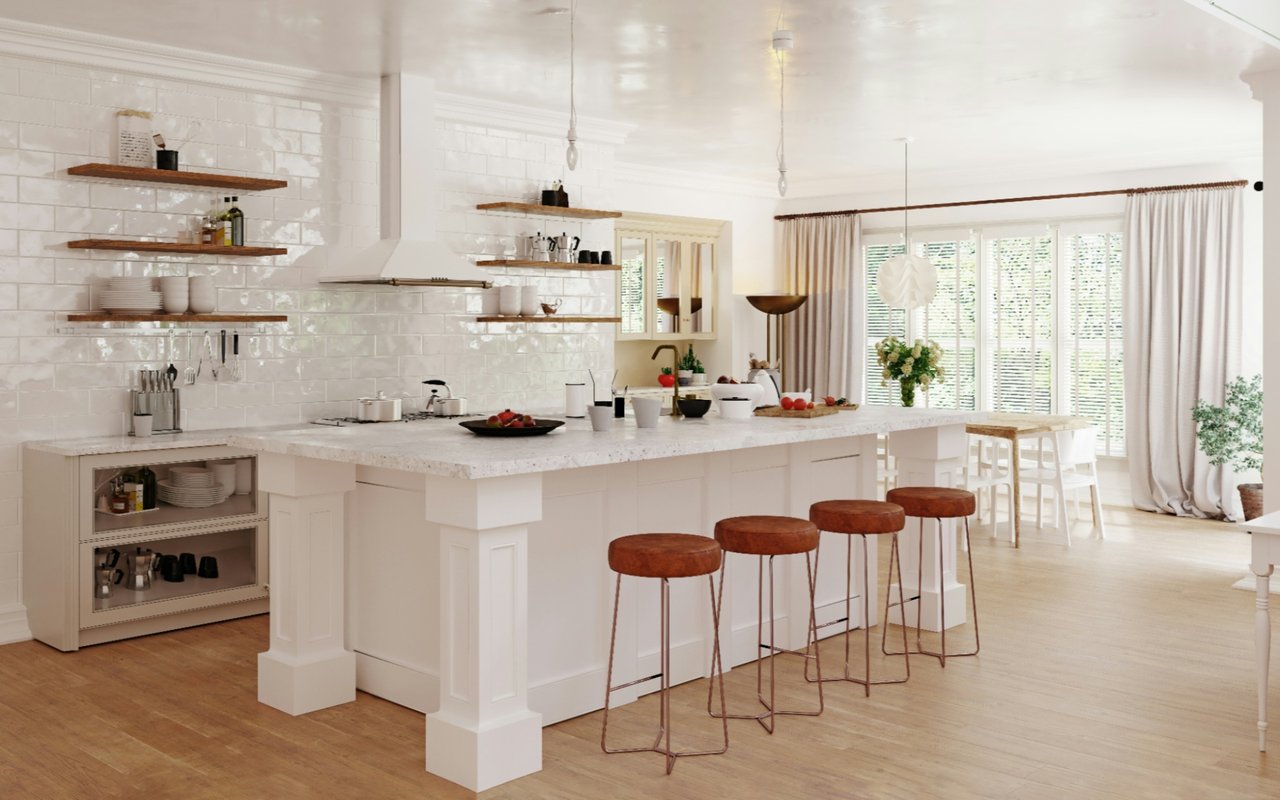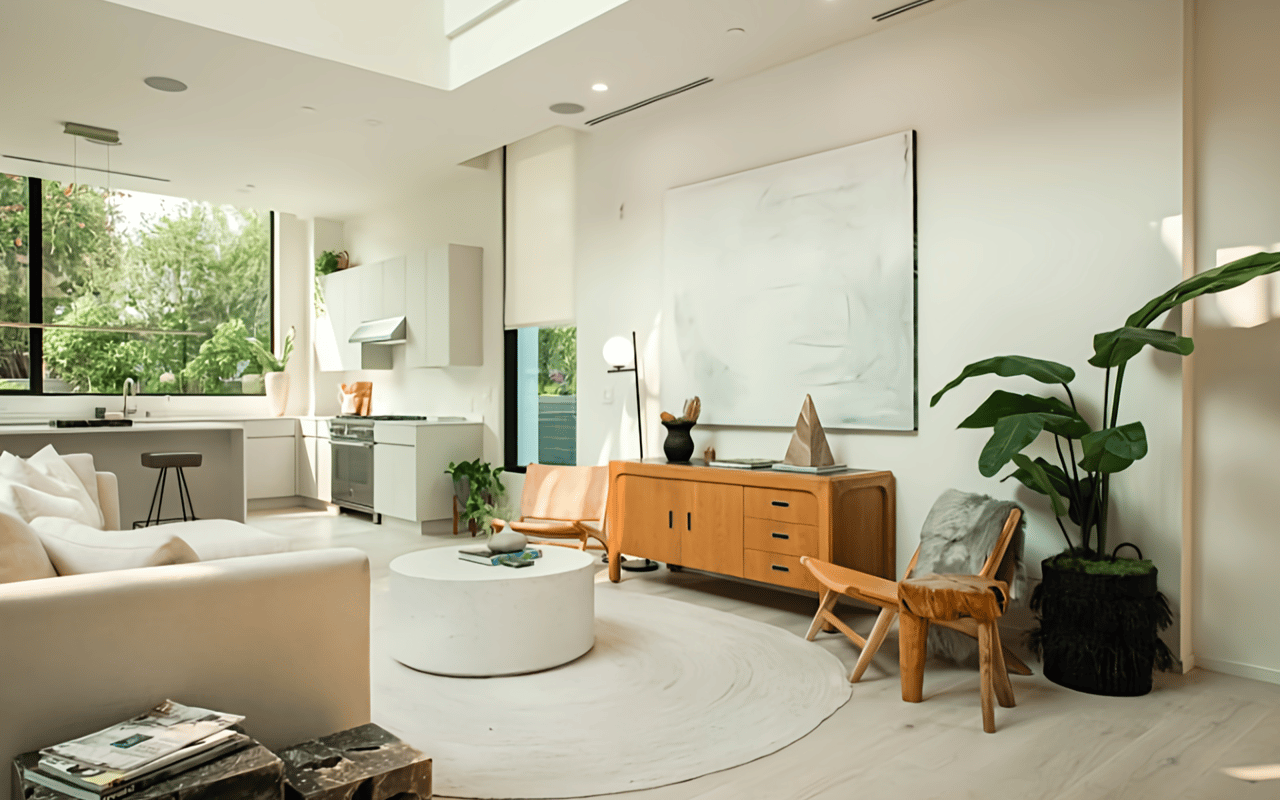Choosing the right paint tones for every room in your home is an art and a science. The colors you select can transform spaces, influence moods, and even impact how large or small a room feels. Understanding the science of color and how to choose colors for a room can help you create harmonious and inviting spaces that reflect your personal style. This exploration into color theory and practical application will guide you through the process of selecting the perfect hues for each area of your home, ensuring that every room feels just right.
Understanding Color Theory
Color theory is the foundation of selecting the right paint tones for your home. It involves understanding the color wheel, which is divided into primary, secondary, and tertiary colors. Primary colors are red, blue, and yellow; secondary colors are green, orange, and purple, created by mixing primary colors; and tertiary colors are combinations of primary and secondary colors. By understanding how these colors interact, you can create a color scheme that is balanced and pleasing to the eye.
Complementary colors, which are opposite each other on the color wheel, can create a vibrant contrast when used together. Analogous colors, which are next to each other, offer a more harmonious and subtle look. Using these principles, you can decide how to choose colors for a room that either stand out or blend seamlessly.
The Psychology of Color
The psychology of color plays a significant role in how to choose colors for a room. Different colors can evoke various emotions and moods. For instance, blue is often associated with calmness and tranquility, making it an excellent choice for bedrooms or bathrooms. Red, on the other hand, is energizing and can stimulate conversation, making it a popular choice for dining rooms or living areas.
Understanding the emotional impact of colors can help you select tones that align with the purpose of each room. For example, a home office might benefit from shades of green, which are known to enhance concentration and creativity. By considering the psychological effects of color, you can create spaces that not only look good but also feel good.
Choosing Colors for Small Spaces
When it comes to small spaces, color can be a powerful tool to make a room feel larger and more open. Light colors, such as whites, pastels, and soft neutrals, can reflect light and create an airy atmosphere. These hues can make a compact room appear more spacious and inviting.
In contrast, darker colors can make a room feel cozy and intimate. If you prefer a more dramatic look, consider using a dark accent wall to add depth without overwhelming the space. By strategically choosing colors for small spaces, you can enhance the room's dimensions and create a comfortable environment.
Coordinating Colors with Furniture and Decor
Harmonizing paint tones with furniture and decor is essential for a cohesive look. When selecting colors, consider the existing elements in the room, such as furniture, artwork, and textiles. Neutral colors, like beige or gray, can serve as a versatile backdrop that complements a variety of styles and allows decorative pieces to stand out.
If you have bold furniture or statement pieces, opt for more subdued wall colors to avoid visual clutter. Conversely, if your decor is minimalist, you might choose a more vibrant wall color to add interest and personality. Coordinating colors with furniture and decor ensures that all elements work together harmoniously.
Creating a Focal Point with Color
Using color to create a focal point in a room can add visual interest and draw attention to specific features. An accent wall painted in a contrasting color can highlight architectural details, such as a fireplace or built-in shelving. This technique can also be used to emphasize a piece of artwork or a unique piece of furniture.
When creating a focal point, choose a color that complements the overall color scheme but stands out enough to capture attention. This approach can add depth and dimension to a room, making it more dynamic and engaging.
Considering Natural Light
Natural light plays a crucial role in how paint colors appear in a room. The amount and direction of light can affect the way colors are perceived. Rooms with abundant natural light can handle darker or more saturated colors, as the light will enhance the hue. In contrast, rooms with limited natural light might benefit from lighter shades that reflect available light and brighten the space.
Consider the orientation of the room when choosing colors. North-facing rooms tend to have cooler light, which can make colors appear more muted, while south-facing rooms receive warmer light, enhancing warm tones. By considering natural light, you can select colors that look their best throughout the day.
Using Color to Define Spaces
In open-concept homes, color can be used to define different areas without the need for physical barriers. By using different paint tones for various sections, you can create distinct zones for dining, relaxing, or working. This approach allows for a cohesive flow while maintaining the functionality of each space.
Choose colors that complement each other to ensure a seamless transition between areas. For example, a soft blue in the living area can transition to a gentle green in the dining space, creating a harmonious yet distinct separation. Using color to define spaces can enhance the functionality and aesthetic of an open-concept layout.
Experimenting with Bold Colors
For those who enjoy making a statement, experimenting with bold colors can add personality and flair to a room. Bright hues, such as vibrant yellows or deep purples, can create a lively atmosphere and showcase your unique style. When using bold colors, consider starting with smaller spaces, such as a powder room or an accent wall, to see how the color interacts with the space.
Pair bold colors with neutral tones to balance the intensity and prevent the room from feeling overwhelming. By experimenting with bold colors, you can infuse your home with energy and character.
The Role of Texture and Finish
The texture and finish of paint can influence how a color is perceived. Matte finishes offer a soft, understated look, while glossy finishes reflect light and add a touch of elegance. Textured paints can add depth and interest, creating a unique visual effect.
Consider the purpose of the room and the desired aesthetic when selecting paint finishes. High-traffic areas might benefit from durable, easy-to-clean finishes, while bedrooms can embrace softer, more calming textures. The role of texture and finish is an important consideration in how to choose colors for a room.
Seeking Professional Advice
While selecting paint tones can be a rewarding process, seeking professional advice can provide additional insights and expertise. A color consultant or interior designer can offer guidance on color combinations, lighting considerations, and the latest trends. They can help you navigate the vast array of options and ensure that your choices align with your vision.
For those who prefer a more hands-on approach, a real estate agent can also provide valuable insights into popular color trends that appeal to potential buyers, enhancing the overall value of your home.
Transform Your Space with the Right Colors
Choosing the right colors for your rooms can truly transform your home into a welcoming and harmonious space. By understanding the science of color, you can create environments that reflect your personality and enhance your daily life. Whether you want a calming bedroom or an energizing kitchen, the right paint tones can make all the difference. If you're in the market for a new home or need expert advice on color choices, the Alliance Home & Land Group is here to help. Reach out today to start your journey towards a beautifully colored home.





